The Wheel in the Rut
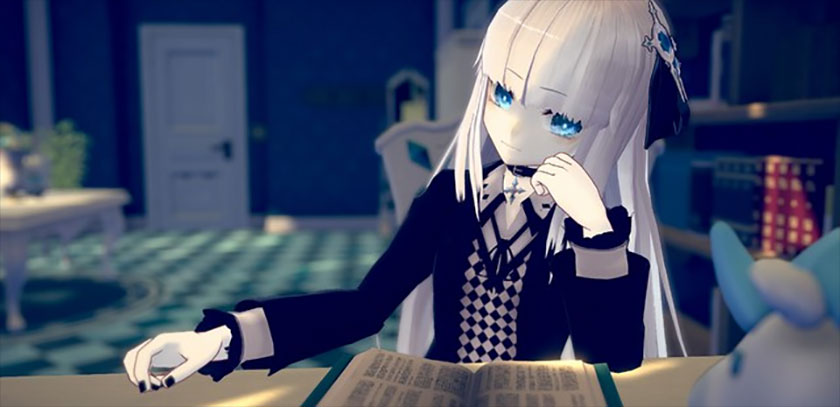
I had devoted twenty-five hours of my life to Fire Emblem: Three Houses in fewer than five days, placing the temporal sacrifice upon the altar of simulated professorship and abstracted warfare. For those days I had felt a deep desire to dive back into the game, interacting with the different students across the artificial monastery and commanding young adults to battle. When I wasn’t playing Three Houses, I was thinking about it. It was like a hunger that no meal could adequately satisfy.
Then, a little over a week later, my stomach quieted. I wasn’t done with the game, but I certainly wasn’t enamored like I had been just days ago. “Ah, I’ll be doing this again,” I said to myself, beginning a new month where I once more chose to explore the monastery. Complete quests, interact with students and fellow faculty, then progress through each week’s instructions before launching into optional battles that further developed the game’s many characters. At month’s end I’d have a mandatory mission that would push the story forward. Combat was no longer challenging.
I felt as if, from a mechanical perspective, I’d seen all there was to see. The loop had become clear. I became aware of my status as the wagon wheel following the rut laid before me, plunging forward into a pre-established path rather than forging a new one.
Crystar arrived in the mail a month later. I had just played the demo for Oninaki and found it to be wanting. It wasn’t bad, and I certainly enjoyed the basics of its combat. It just felt like it was missing some obvious features that come across as intuitive and basic in similar action titles. Crystar is a comparable mid-budget action RPG from Japan that also happens to feature reincarnation heavily into its plot. While it was pretty barebones compared to the likes of Devil May Cry, it had a fascinating opening to hook me into its narrative while having that most fundamental of desired action mechanics: a dodge cancel that was clearly communicated and presented front and center to the player. Cannot say the same for Oninaki regarding either its presentation or its instruction on dodge mechanics.
So I began to play Crystar every night that week, diving into its abstract, Burton-esque dungeons filled with strange looking monsters and aberrations. Then, by the end of the game’s second chapter, I began to recognize its pattern and efforts to save development time and budget.
Each chapter of Crystar consists of three missions, or “Ordeals”. Each of these Ordeals has the player progress through a three-floor dungeon. (if you’re having post-traumatic Darksiders II flashbacks, don’t worry. I had those as well.) By the second Ordeal of Chapter Two, I was beginning to recognize whole chunks of the map. At first I assumed that the levels were modular, each chapter’s terrain assembled and reassembled to try and create a sense of variety while providing more content on a budget. Playing the single-floor optional Ordeal of chapter two, I faced a rather disappointing revelation as I cleared the foes from an all too familiar environment.
It was the same map I had played in the prior three chapters, but with different passages and walkways blocked off.
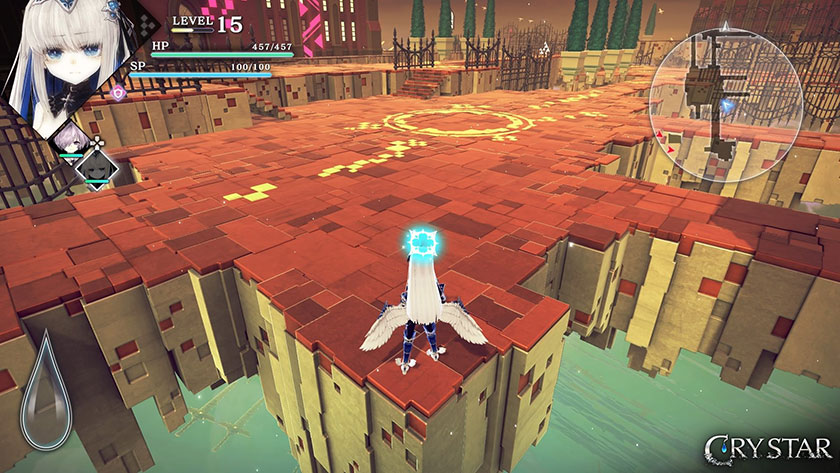
Chapter Two, Ordeal Two. Note the pathway in the forward and right portion of the image, leading to the next arena. Also note the map in the upper-right of the screen.
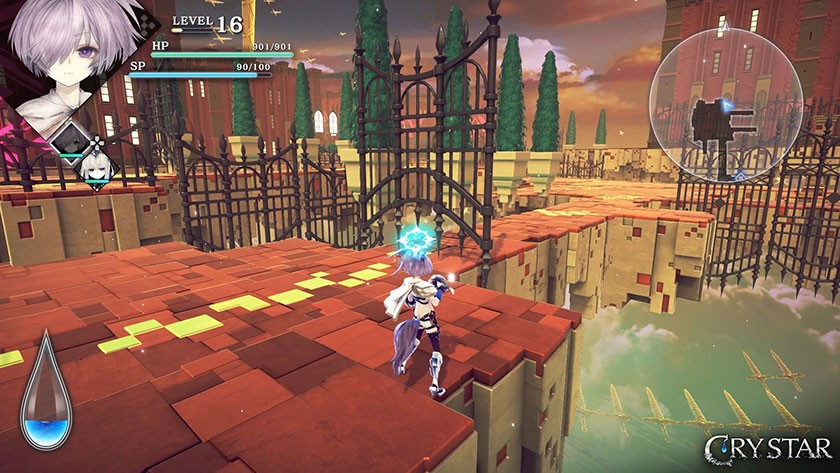
Chapter Two, Ordeal Three. That same pathway exiting the arena in the prior image is now closed off. Note the map in the upper-right, and how this arena is the exact shape. The map suggests it’s a modular design, the gate suggests it’s the same floor, just recycled with the gates rearranged.
Note that the three floors are all still different from one another, and each Chapter has a new set of floor maps. In fact, it’s possible the third Ordeal of each chapter has a unique Floor due to story content concluding that chapter. I have not yet played enough to confirm. Even so, the illusion had been broken. Every chapter was going to consist of three Ordeals with three identical floors, the only differentiation being enemy placement and which corridors you’d be permitted to pass through.
I once more became aware of my status as the wagon wheel locked into the rut in the road.
That each of these games has a rut is not the problem. Rather, I believe it is a game designer’s job to do their best to disguise the rut as best they can. In the vast majority of games the player is traveling the rut, but the player should never be made aware that they are the wheel. They should believe themselves to be the entire wagon, or the horse forging the path forward unaware of the blinders blocking their periphery.
For example, the games in the Zelda franchise have a very clear formula. Go to a dungeon, collect a new piece of gear, snag the requisite piece of the MacGuffin set to push the story forward, and then get regurgitated back onto the overworld. Explore Hyrule with the newly acquired gear to discover more equipment, abilities, or pathways in order to gain entry into the next dungeon. Despite being a repetitive formula, the designers manage to manipulate the world and how it is presented to disguise the rut from the player. Many of the “hidden secrets” are placed in plain sight well before the player can access them, encouraging the player to occasionally revisit old locations rather than immediately following the breadcrumbs to the next objective. The exploration allows the player to feel as if they have some degree of agency. Simultaneously, new puzzles requiring the freshly acquired gear introduces new opportunities and mechanics to the player, often freshening up some old puzzles by layering on the latest equipment over top.
So the player may just be progressing through another dungeon with a predetermined route in order to acquire new gear and the next MacGuffin, but the familiar is remixed, slightly new mechanics are introduced, and the dungeon is presented in a manner that feigns freedom in order to trick the player.
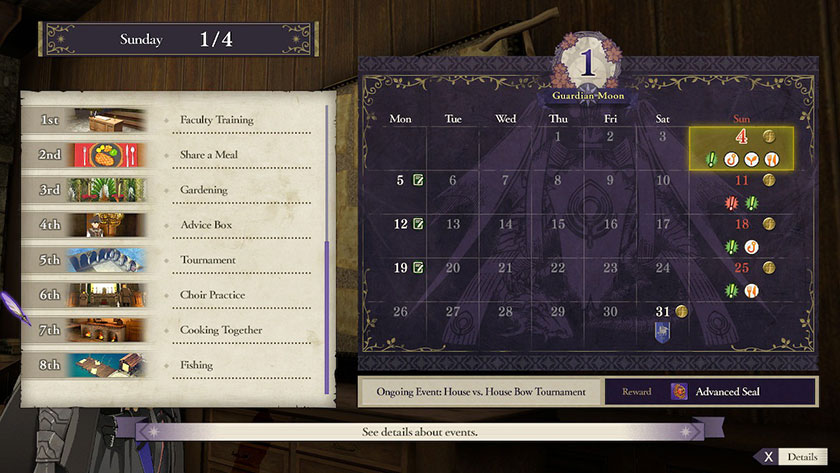
Ah, jolly good. Hour thirty-six or thirty-seven and completing the exact same tasks this in-game month as the last.
I’ve recently completed Astral Chain, a linear action game that certainly has its own mission-to-mission formula. Begin each map at the police station, interacting with the rest of the cast and upgrading your equipment. Depart the police station and begin your investigation of one small sector of the Ark. Once your investigation has concluded, follow the trail of Chimera into the Astral Plane, where you’ll complete a series of platforming puzzles with your Legions before facing off against that map’s strongest beast.
The closer you get to the halfway point of the game and by the time you surpass it, Astral Chain has begun to sift around that formula. Mission seven in particular has very little time spent in the Astral Plane, and there’s not much time for investigations like prior chapters allowed for. PlatinumGames begins to remix the disparate elements of its “rut”, so to speak, in order to keep each chapter from feeling similar. A lot of assets are recycled, but the manner in which they are arranged and time spent within them is changed to give the sense that a familiar environment has undergone transformation. While there will still be fights in the Astral Plane, the majority of mission seven’s action takes place outside of it. Optional objectives make use of established mechanics, but rearranged and presented in a new context.
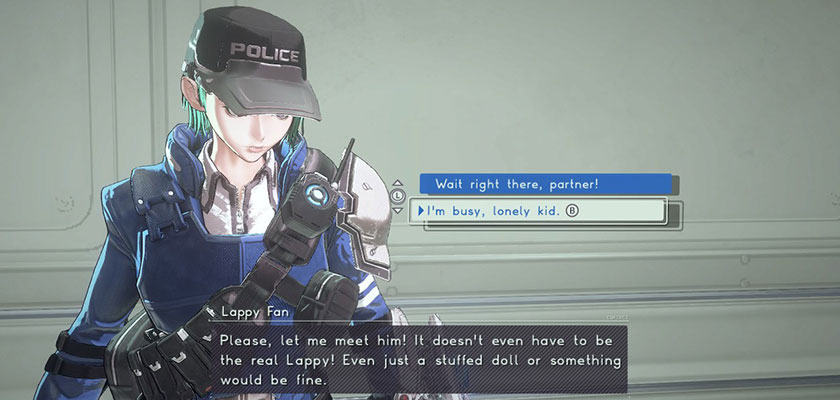
That’s, uh… that’s one way to turn down a side quest.
Of course, Astral Chain has a far larger budget than Crystar or Oninaki clearly have, even if it still does not compare to the biggest and most expensive of AAA experiences. It is also a very different sort of genre than Fire Emblem: Three Houses. One could argue that most strategy games must rely more heavily on the rut than other genres, with the player only kept from realizing they’re the wheel by the dynamic response and action of the A.I. Without foreign nations randomly declaring war upon the monastery in Three Houses, following a scripted series of events due to a heavy narrative focus, it’s far easier to see the repetitious loop that the game has the player stuck in.
Simultaneously, Astral Chain’s perceived deviations begin by the halfway point, which is right about where Japanese media tends to break the status quo and begins to rush headlong towards a climax. Even then, while there are certainly adjustments to the formula, the game still takes time to back away from the intensity for a while in order to engage in side quests and investigations. The formula is still at play, but but it follows an emotional shift from intense action to calming “police work”.
I have not yet reached the mid-point in Three Houses, and its possible Crystar experiences such a turn as well. Once more, however, Astral Chain had the advantage by introducing new foes, mechanics, and Legions throughout the entirety of that first half. By the time I began to see the formula, it was suddenly being modified and changed. Comparatively, I’ve seen Crystar’s formula early on, and I’ve experienced the formula of Three Houses for almost forty hours now.
I do not want to suggest that Astral Chain is the better game of these three as a result of better disguising the rut and the player’s role of the wheel. I would, however, argue that the illusion of a constantly changing experience helps make a game more engaging and enjoyable. It gives the player a sense that there’s still more to see and look forward to, allows each level to stand out as its own location and experience, and makes it easier to revisit later on.
Of course, the one genre that goes against this sort of mentality is the Game-as-Service model, derived greatly from the MMO. I’ll try and discuss that another time.


